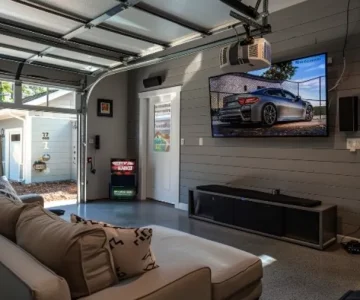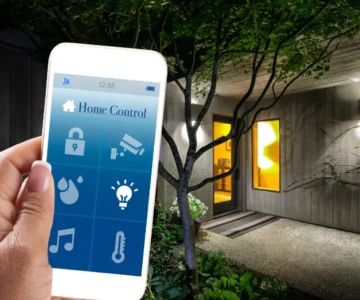Smart home automation has revolutionized the way we connect with and manage our living spaces. With rapid advancements in technology, more households are turning to intelligent systems that bring convenience, efficiency, and enhanced safety into daily life. Whether it’s adjusting the thermostat from your phone, automating lights, or monitoring your home remotely, these innovations are quickly becoming a staple of modern living rather than a luxury.
Understanding Smart Home Automation
At its core, smart home automation is about integrating digital technology into the home environment, enabling devices and systems to be operated either remotely or automatically. This can range from basic tasks, like controlling a single light fixture, to comprehensive systems that manage climate control, security, and entertainment. The goal is simple: make life more comfortable, save time, and reduce energy costs.
Why Smart Home Technology Is Worth the Investment
The benefits are wide-reaching. Automated devices can simplify everyday routines, improve home safety, and cut down on wasted energy. Smart security solutions offer live monitoring and instant alerts, providing peace of mind whether you’re at home or miles away. Energy-focused devices, such as learning thermostats or automated lighting, can also help lower utility bills over time.
Core Elements of a Smart Home System
A well-functioning smart home typically includes:
- Central Hub – The main control point that connects all devices, allowing them to work in harmony and be managed from one platform.
- Smart Devices – Everything from lighting systems and thermostats to locks and appliances, each with its own specific function.
- Stable Network – Reliable Wi-Fi is essential for uninterrupted device communication and remote control.
- User Interface – Apps, voice assistants, or touch panels that allow users to manage settings and customize their experience.
Popular Devices Making Homes Smarter
Some of the most widely adopted smart home gadgets include:
- Smart Thermostats that learn your schedule and temperature preferences to optimize energy use.
- Smart Lighting systems that let you set schedules, change brightness or color, and reduce electricity waste.
- Security Cameras offering real-time video feeds and motion alerts to keep your property safe.
- Smart Locks allowing remote access control and the ability to grant temporary entry.
- Connected Appliances like smart TVs, refrigerators, and washing machines that add convenience and efficiency to household tasks.
Planning a Smart Home Setup
Designing a reliable and future-proof system involves careful thought. Consider the home’s layout to ensure strong network coverage and proper device placement. Take into account the needs and lifestyle of everyone in the household. Check compatibility between new devices and any existing systems. And plan for future upgrades so new features can be added without costly overhauls.
Why Professional Installation Often Pays Off
While some homeowners prefer a do-it-yourself approach, working with trained installers can ensure a smoother process. Experts can recommend the right products, configure them correctly, troubleshoot potential issues, and optimize system performance. They’ll also test the setup thoroughly and provide guidance on how to make the most of the technology.
Overcoming Common Challenges
Like any technology, smart home systems can present hurdles:
- Cybersecurity risks can be mitigated with strong passwords and regular updates.
- Privacy concerns require reviewing settings and choosing brands that value data protection.
- Compatibility issues can be avoided by checking device requirements before purchase.
- Ease of use can be improved by selecting intuitive systems or arranging user training.
What’s Next for Smart Home Technology
Looking ahead, innovations like artificial intelligence and machine learning will make devices even more adaptive, learning user habits and making smarter decisions. Increased compatibility across brands will create more seamless integration, while a stronger focus on energy efficiency will support sustainable living.
Final Thoughts
Smart home automation is no longer just a futuristic concept—it’s a practical way to enhance daily life. By choosing the right devices, planning thoughtfully, and considering professional setup, homeowners can create personalized spaces that respond intelligently to their needs. Beyond convenience and security, these systems can promote energy efficiency, save money, and adapt to the ever-changing demands of modern living.




